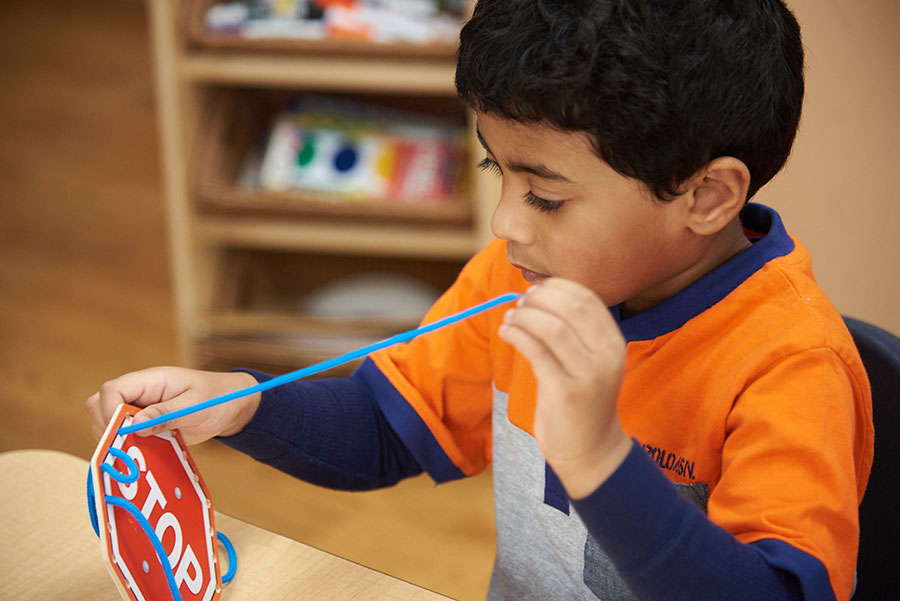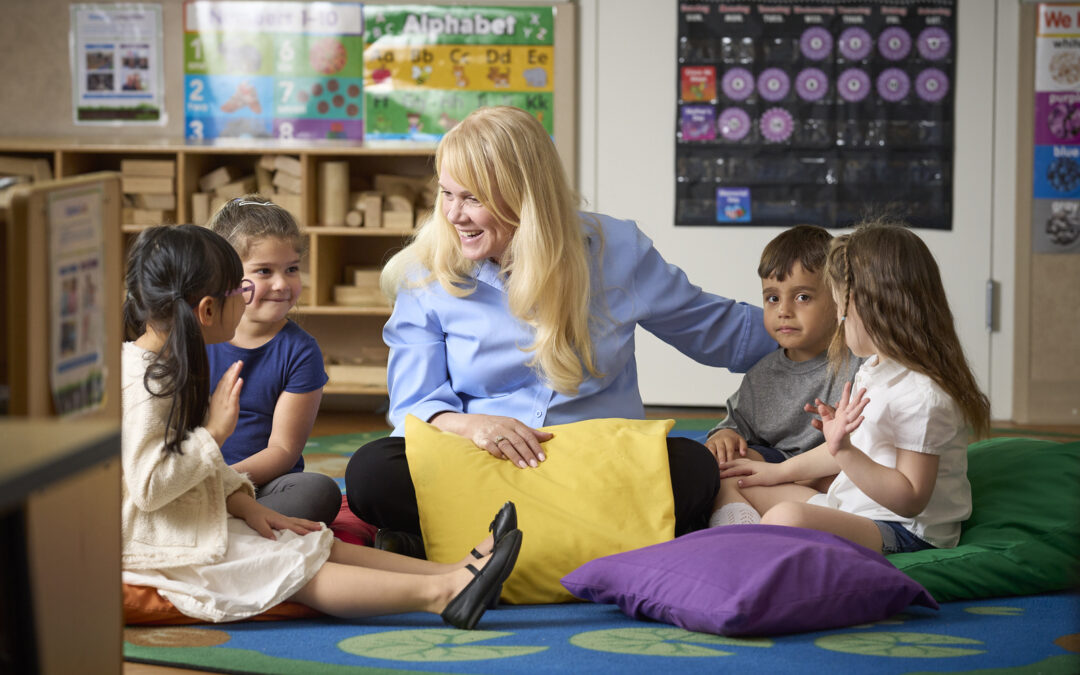No parent likes to fight on Thanksgiving. Yet this year, millions of adults will venture into epic battles with their toddlers over eating their vegetables. The good news is: you don’t have to.
Unless your child is in the one percent, the vast majority of children hate eating vegetables. Somewhere deep in history, children started perceiving vegetables as “yucky”, when the reality is, the vast majority of adults would love to remind themselves of the regret they have for not eating more as a child.
Science can play a role in the eating of veggies. Did you know:
- Babies are more likely to eat carrots, green beans, spinach or broccoli when they’ve tasted the vegetables mixed into milk or rice cereal for 12 days each.
- Children aged three to five are more likely to eat bell peppers after watching a video of a child eating bell peppers.
- Children aged three to five are more likely to choose vegetables over a granola bar when the veggies are packaged with cartoon character labels and they had to wait an extra five minutes for the granola bar.
Rather than having mounds of leftovers (you, too, will splurge on turkey and stuffing), here are six tips to help fill Thanksgiving with love instead of war:
Create an Incentive: The Thanksgiving table is full of delicious foods. Trade them one bite of biscuit for one bite of veggies. Trade them one bite of veggies for 15 minutes of TV or cell phone time. While you want to be careful to not tie an incentive to every bite, having fun with the plate of food can encourage better eating behaviors over time.
Create a “Try It” Game: By encouraging your child to just take one bite, you will eventually, over time, change their eating behaviors. Dieticians suggest it will take eight to 10 times before a food habit is changed. Why wait for a New Year’s resolution for your five-year-old? Encourage change now! Play a game to see who can eat the most bites of vegetables (which is especially beneficial if other children are present).
Don’t Force Them to Finish a Full Plate: Too much is too much. Set small goals for them in the beginning. There is true benefit in baby steps. Celebrate the winning of one-bite. Give them high fives and a heaping scoop of praise.
Play to Their Favorite Color: What is your child’s favorite color? When shopping for veggies for Thanksgiving, let them pick out veggies that match their favorite color. This will create collaboration around the experience. When you get home, let them participate in the prep and cooking of the food. And, in a worst-case scenario, use a vegetable dye to change the color of their food (especially for food color-friendly foods like cauliflower).
Bacon, Bacon, Bacon – Oh, and Butter: There isn’t much more that has to be said about this one. While not particularly the healthiest options for making food taste better, a little bacon or butter can add familiar flavors to their palates. Also, a good game of hide and go veggie is fun, too. Those rolls, that stuffing, that pie – adding fruits and vegetables (grounded up) can help distribute more good-for-you foods into the mix.
Children Love Patterns: At school, many learning exercises are created around patterns. Do the same with their plate. Have them create patterns of similar foods. Have them go around in a circle, taking one bite of each. Have them mess up their plate and organize again. A little food fun can help encourage exploration of new foods.






